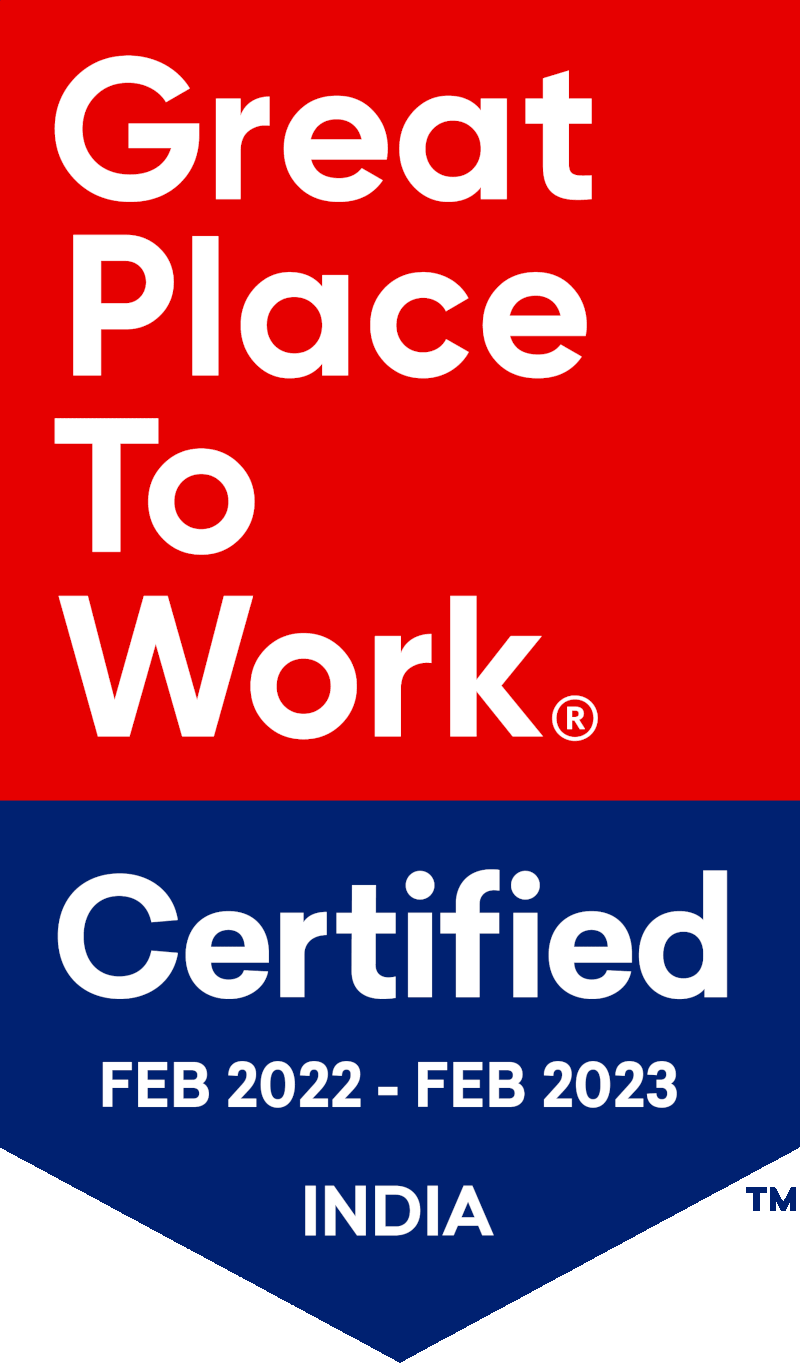KPI's Engagement Methodology
Focusing Attention On The Details To Achieve Big Picture Success.

The KPI Partners engagement methodology is based on extensive experience with numerous business intelligence projects and has the following philosophy:
- Single point of accountability
- In-depth knowledge of both technical issues and business requirements
- Construct a project plan that recognizes the unique aspects of BI engagement
- Rally the forces, communicate and manage effectively
- Build and maintain consensus from all corners of an organization
In order to achieve these objectives, the KPI Partners Engagement Manager constructs a detailed project plan in partnership with client project management. The project plan contains all tasks relevant to the engagement including non-KPI Partners tasks where applicable. The plan is updated regularly and a status will be provided to the client at a desired frequency.
Methodology Steps
KPI Partner’s framework for the business intelligence application deployment is an iterative approach and reduces the chance of any unsuccessful deployments. Where appropriate, KPI Partners can also work with the client’s existing project management methodology.
Requirements
In this phase, we have three parallel tracks. In Track 1, we install and deploy the out of the box application, if applicable. In Track 2, business and IT requirements are gathered. In Track 3, we perform a source system gap analysis between client’s source system and the BI application data model.
Design
We take the Requirements Document, Source System Gap Document, and Base ETL Load Report to prepare design document for modification to the data model, ETL maps, metadata, dashboards and reports.
Build
During the Build phase we augment and customize the out-of-the box application to match the exact requirements of the business and IT users. This is a critical phase because its success determines the users getting a “tailored” BI application as opposed to a “one size fits all” application. The Build has two sub phases: Development and Quality Assurance.
Deploy
In this phase we deploy the application on the production environment as per KPI’s production migration strategy. We also conduct knowledge transfer sessions to hand over the application to internal IT.
Evolve
The Evolve phase of the methodology works in parallel with offboarding. BI applications are essentially iterative. Once the application is deployed and users start leveraging them for daily business processes, new ideas come up and new needs arise. Essentially a BI application increases the collective IQ of an organization and they become more sophisticated as they become more experienced. This is also the phase where we start the next phase of the vision workshop.



